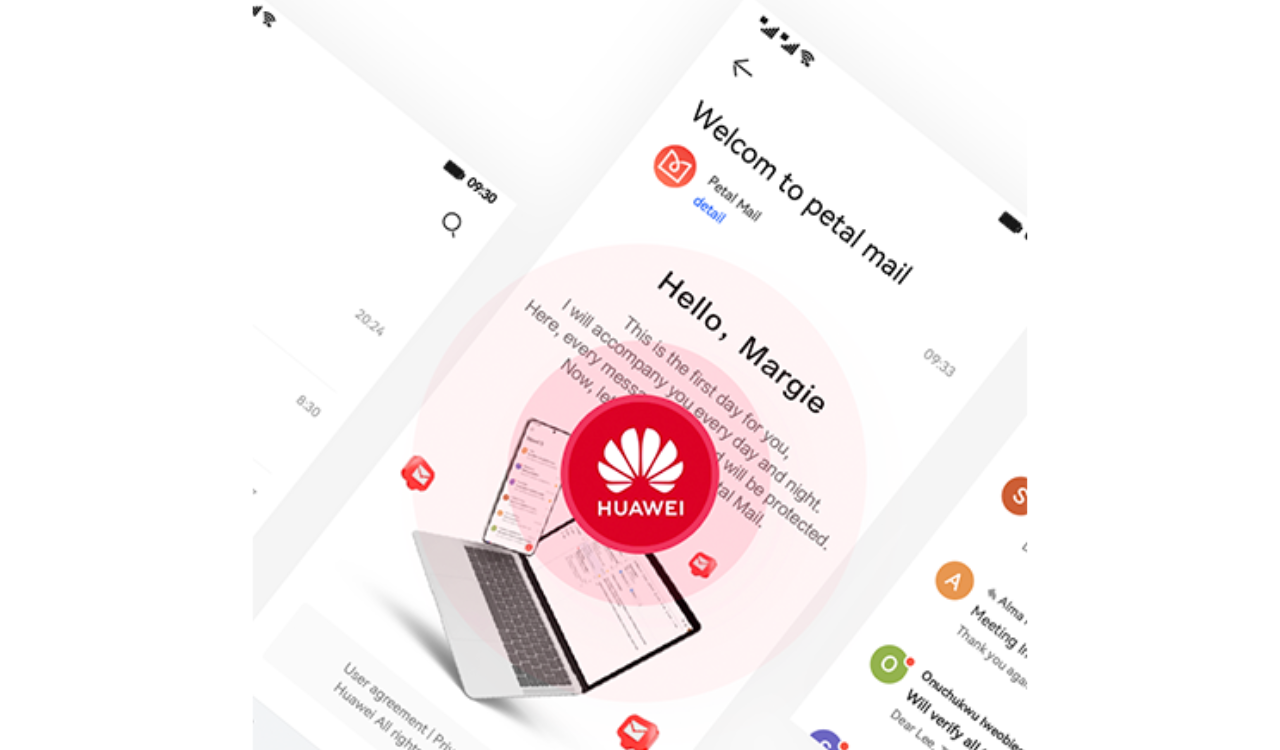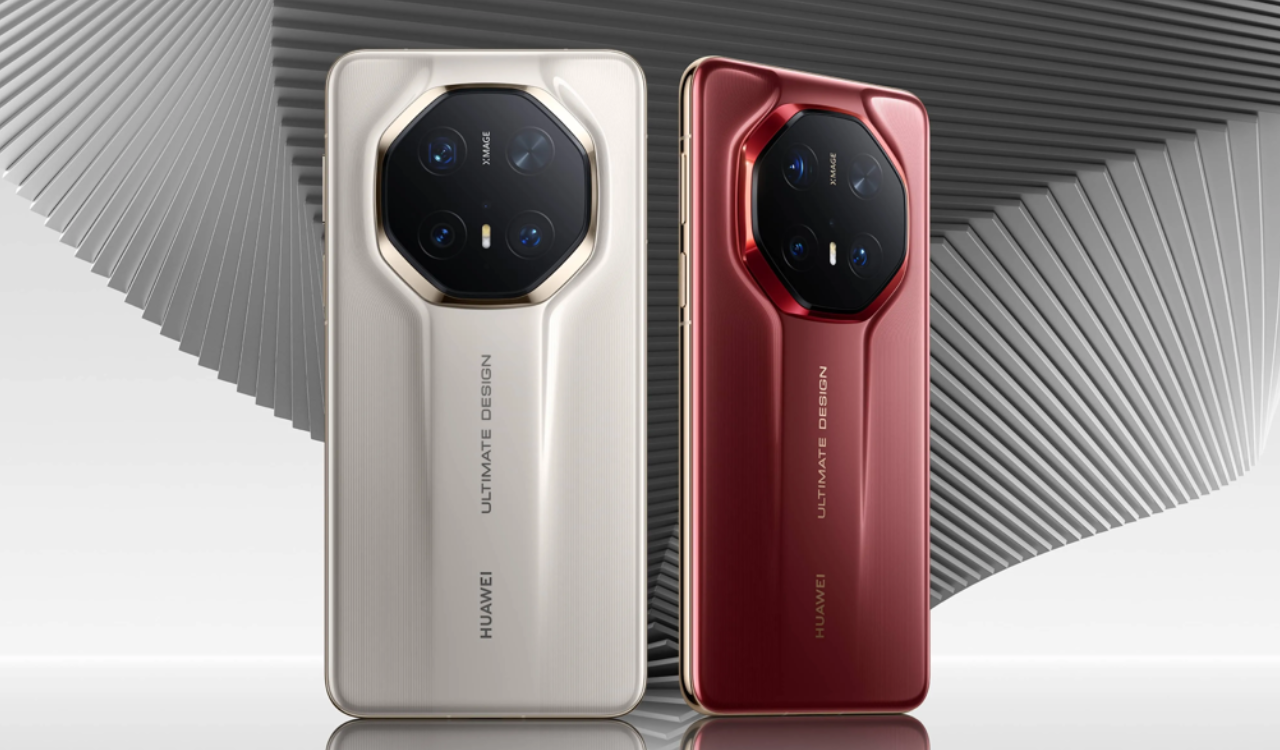Huawei News
Huawei Introduces AI Model Pangu 3.0

During its annual developer conference, Huawei unveiled two significant offerings: Huawei Cloud Pangu Models 3.0 and Ascend AI Cloud Services. The primary objective of Pangu Models 3.0 is to seamlessly integrate artificial intelligence into business operations, generating substantial value as a result. Ascend AI Cloud Services, on the other hand, are designed to expedite the training of AI models.
By leveraging Ascend AI’s cloud services, a single cluster can provide an impressive 2,000 petaFLOPS of computing power. Moreover, a cluster consisting of 1,000 cards can continuously train a model with billions of parameters for an uninterrupted period of 30 days.
The Huawei Cloud Pangu models cater specifically to the practical requirements of various industrial and commercial sectors. These models are built on a “5+N+X” three-layer architecture. The foundational L0 layer comprises five core models: NLP (Neuro Linguistic Programming), CV (Computer Vision), Multimodal, Prediction, and Scientific Computing. These models deliver fundamental capabilities that enable a multitude of industry-specific applications.
“The Pangu 3.0 models are available in different sizes: 10B parameters, 38B parameters, 71B parameters and 100B parameters to meet different customer needs and different latency and response time requirements,” explains Zhang Ping’an, Huawei Executive Director and CEO of Huawei Cloud. In addition, new features would be offered such as knowledge-based question and answer, text creation and code generation for the Pangu NLP model, and image generation and comprehension for the Pangu Multimodal model. All these functions are available to customers and partners and are consistent regardless of the model size (number of parameters).
Railway companies can use the Pangu Railway Model to accurately identify 67 types of freight cars and over 430 types of rail and freight car defects. “The AI software can quickly scan millions of images captured by the railway’s TFDS system and filter out 95 percent of the images that are error-free,” said Zhang Ping’an. This allows train inspectors to focus on the remaining images, helping them improve both efficiency and accuracy.
In meteorology, the Pangu Meteorology Model (or Pangu Weather) is the first AI model to outperform modern numerical weather forecasting (NWP) methods in terms of accuracy. The prediction speed is also several orders of magnitude faster. In the past, predicting the movement of a typhoon over ten days took four to five hours of simulation on a high-performance cluster of 3,000 servers. “The Pangu model is able to perform these calculations within ten seconds on a single server GPU – and with more accurate results,” explains Zhang Ping’an.
“In the field of drug research and development, it used to take an average of ten years and a billion US dollars to develop a new drug,” says Zhang Ping’an. “Now, the Pangu Drug Molecule Model can reduce lead discovery from several years to just a month and reduce drug discovery and development costs by up to 70 percent.” Using this model, a team led by Professor Liu Bing of Xi’an Jiaotong University recently discovered a new superantibiotic – the first new antibiotic in 40 years, with entirely new protein targets and in a category of its own.
“Previously, frequent GPU failures during training required frequent reboots,” comments Zhang Ping’an. “Stable Ascend AI cloud services help to reduce these time losses. The long-term stability of training with 1000 cards (30 days) reaches 90 percent, and interruptions are resolved within ten minutes.”
In addition, Huawei Cloud combines CodeArts with Pangu to create CodeArts Snap, an intelligent programming assistant for developers. “Trained with 76 billion lines of quality code and 13 million technical documents, CodeArts Snap makes generation, Q&A, and collaboration smarter,” said Zhang Ping’an.
Join Us On Telegram and Google News

Huawei News
Huawei Wins Best Network Technology Award at 2025 FutureNet Event

The FutureNet World 2025 event just completed in London, bringing together over 700 industry leaders to talk about the future of network technology. The yearly gathering attracts top executives from global telecom companies, standards organizations, and technology suppliers. For the first time ever, the event created a special “Intelligent Network Best Practice Award” – and Huawei won the prize.
The company stands for its innovative work on smart, self-managing networks. Huawei’s winning technology helps telecom companies run their networks more intelligently with less human intervention. Their solution includes smart digital assistants designed for network maintenance, improving customer experience, and business operations.
These digital helpers fall into two main categories – the Mate series and the Spirit series. The technology has already been rolled out in many countries, showing impressive results across different types of networks including IP, optical, wireless, and core systems. Speaking at the event, Wang Shaosen, who leads Huawei’s smart network solutions, shared the company’s vision: “We’re committed to developing technology that makes networks smarter.
This will help telecom companies succeed with advanced 5G services and prepare for the future of 6G connectivity.

Huawei News
Huawei Petal Mail App will no longer be available for download

According to the official information, the Huawei released the delisting announcement of its Petal Mail App. The full text of the announcement is as follows: [translated]
Thank you for your continued attention and support to the Huawei Petal Mail App. In order to better adapt to the changing needs of product experience, service content and local markets, we have made strategic adjustments to the Huawei Petal Mail App.
The Petal Mail App will officially switch to the Email App on December 31, 2024, and the Petal Mail App will no longer be available for download from the App Store. The Petal Mail App you have installed can be used normally. We apologize for the inconvenience. You can continue to view, send or receive emails in the pre-installed Email App on your Huawei phone or use a computer browser to open the Petal Mail official website ( https://www.petalmail.com ), and your emails and personal data will not be lost.

Huawei News
Huawei Mate 70 lineup repair spare parts prices announced

Huawei released the Mate 70 series of mobile phones, with a starting price of 5,499 yuan. At present, the prices of spare parts for the new Mate 70 series have been announced on Huawei’s official website.
Huawei Mate 70 lineup repair spare parts prices announced
Battery and motherboard
Mate 70
Battery — 199
12GB+256GB — 2499
12GB+512GB — 2899
12GB+1TB — 3599
Mate 70 Pro
Battery — 199
12GB+256GB — 2899
12GB+512GB — 3299
12GB+1TB — 3999
Mate 70 Pro+
Battery — 299
16GB+512GB — 4399
16GB+1TB — 4899
Mate 70 RS
Battery — 299
16GB+512GB — 6499
16GB+1TB — 6999
Camera














